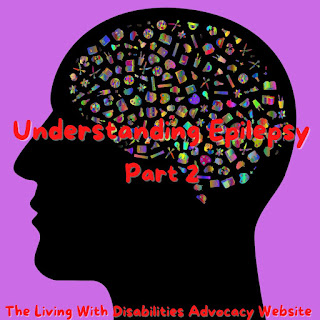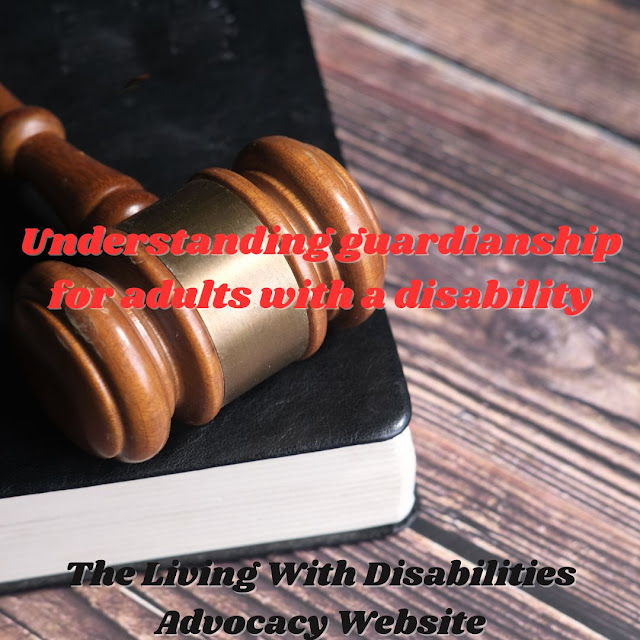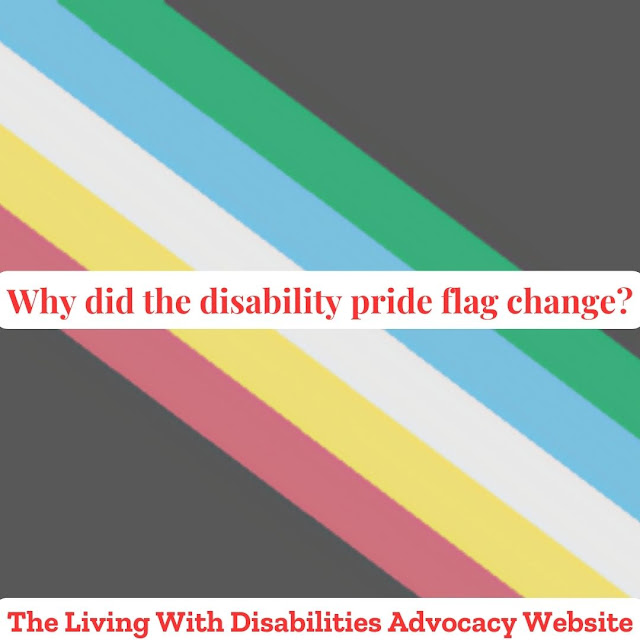Understanding Epilepsy Part 2
First, welcome to the Living With Disabilities Advocacy Website. It's run by none other than Katrina Smith, a person with a learning disability. Her mission behind Living With Disabilities is to bring awareness to all people with disabilities.
Today, Living With Disabilities wants to finish talking about understanding epilepsy.
If you are a first-time reader, Living With Disabilities recommends reading Understanding Epilepsy before reading this article. And if you have been with Living With Disabilities from day one, please continue following through with this article.
What is the cause of epilepsy? According to the Mayo Clinic, some patients' epilepsy is unknown. and in other patients, epilepsy is detected by many factors. As well as:
- A genetic component. Some forms of epilepsy run in families and are classified by the sort of seizure you have or the area of the brain that is affected. There most likely is a genetic component in these circumstances.
Analyzers have connected some forms of epilepsy to particular genes, but for the majority of people, genes account for only a portion of the disease's causes. A person's susceptibility to seizure-inducing environmental factors may be increased by specific genes. - Head Trauma. epilepsy can be brought on by a vehicle accident or another traumatic injury.
- Brain deformity. Epilepsy can be brought on by abnormalities in the brain, such as brain tumors or vascular anomalies including arteriovenous malformations (AVMs) and cavernous malformations. The major cause of epilepsy in persons over the age of 35 is stroke.
- Infections. Epilepsy can be brought on by meningitis, HIV, viral encephalitis, and various parasite illnesses.
- Prenatal injuries. Babies are prone to brain injury before birth, which can be brought on by several things, including a mother's infection, inadequate nourishment, or oxygen deprivation. Epilepsy or cerebral palsy may be the result of this brain injury.
- Developmental disorders. Developmental diseases like autism and epilepsy can sometimes coexist.
- Falling. You risk breaking a bone or hurting your head if you fall while having a seizure.
- Drowning. Due to the risk of having a seizure in the water if you have epilepsy, you are 13–19 times more likely than the general population to drown while swimming or taking a bath.
- Automobile accident. A seizure that results in a loss of awareness or control can be hazardous whether you're operating machinery or driving a car.
Many states place restrictions on a driver's capacity to control seizures and impose a minimum amount of time that a motorist must be seizure-free before being allowed to drive, ranging from months to years. - Pregnancy Complications. Having a seizure provides risks to both the mother and the fetus, and several anti-epileptic drugs raise the possibility of birth abnormalities. Talk to your doctor as you plan your pregnancy if you have epilepsy and you're thinking about getting pregnant.
5. Emotional health issues. Psychological issues, including depression, anxiety, and suicidal thoughts and actions, are more prevalent in people with epilepsy. Even those with epilepsy that is well-controlled are more vulnerable to complications due to both the disorder itself and drug side effects.
Other epilepsy-related life-threatening consequences are rare, but some things like:
- epilepticus status This condition develops if you experience frequently repeated seizures without regaining consciousness in between them or if you are in a continuous state of seizure activity for longer than five minutes. Status epilepticus patients are more likely to pass away and suffer lasting brain damage.
- Sudden Unexpected death in epilepsy (SUDEP). Another tiny risk associated with epilepsy is a sudden unexpected death. Although the cause is uncertain, some studies suggest it might be caused by respiratory or heart problems.
SUDEP risk may be increased in individuals who experience frequent tonic-clonic seizures or whose seizures are not under the control of medicines. About 1% of epileptics pass away from SUDEP overall. It most frequently affects people with severe epilepsy who don't react to the medication.
Epilepsy - Symptoms and causes - Mayo Clinic
https://anchor.fm/livingwithdisabilites/episodes/Understanding-epilepsy-Part-2-e1maf5v




Comments
Post a Comment